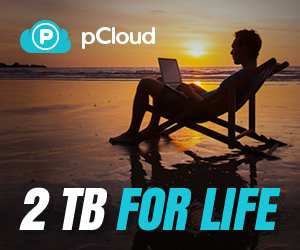In the world of video sharing, YouTube is the undisputed leader. But when it comes to uploading your videos, understanding the different privacy settings can be a bit confusing. Should your video be public, private, or unlisted? Each option has its pros and cons depending on what you’re trying to achieve. In this blog post, we’ll break down the differences between these settings and help you decide which one is right for your content.
Public YouTube Videos: Visibility for All

When you set a YouTube video to “Public,” it’s visible to anyone and everyone. Public videos can be found through search engines, shared on social media, and even recommended by YouTube’s algorithm. If you’re looking to reach a broad audience, gain subscribers, or just want to make your content available to the world, the public is the way to go.
Pros:
- Maximizes visibility and reach.
- Eligible for monetization and inclusion in search results.
- Allows comments, likes, and engagement from viewers.
Cons:
- Exposes your content to everyone, including trolls and critics.
- Privacy concerns, as anyone can view and share your video.
Private YouTube Videos: Exclusive Access

Private videos on YouTube are the most secure option. These videos can only be seen by you and the people you choose to share them with (up to 50 users). They won’t appear in search results, and they can’t be shared by others. This setting is ideal for personal videos, internal company content, or when you want to keep your content strictly within a small group.
Pros
- Maximum privacy, only viewable by selected individuals.
- Not searchable or shareable by others.
- Ideal for sensitive content or small, closed groups.
Cons:
- Limited audience reach, is not suitable for growing a channel.
- Not eligible for public engagement or monetization.
Unlisted YouTube Videos: The Best of Both Worlds

Unlisted videos fall somewhere between public and private. These videos won’t show up in search results or on your channel, but anyone with the link can view them. This option is perfect if you want to share your video with a wider audience without making it completely public. It’s great for sharing videos with friends, embedding on websites, or even using in a professional portfolio.
Pros:
- Flexible sharing without being fully public.
- Doesn’t clutter your channel with non-public content.
- Can be shared easily via a direct link.
Cons:
- Link can be shared without your consent, potentially reaching unintended audiences.
- Not eligible for public monetization or engagement.

Comparison Table: Public vs. Private vs. Unlisted YouTube Videos
| Feature | Public | Private | Unlisted |
|---|---|---|---|
| Visibility | Everyone | Selected individuals only | Anyone with the link |
| Searchable | Yes | No | No |
| Shareable | Yes | No | Yes, via link |
| Monetization | Eligible | Not eligible | Not eligible |
| Comments & Engagement | Yes | No | No |
| Ideal For | Reaching a wide audience | Sharing with a select few | Sharing without full public exposure |
Which Should You Choose?
Choosing the right privacy setting for your YouTube video depends on your goals. If you’re aiming to build an audience, drive traffic, or monetize, then public is the way to go. If your content is meant for specific people, private gives you the most control. And if you want a balance—sharing with select groups without going fully public—unlisted is your best bet.
Understanding these settings will help you manage your content effectively, ensuring it reaches exactly who you want. Whether you’re a content creator, a business owner, or just sharing personal memories, picking the right option will make a huge difference in how your video is received and shared.
By optimizing your video’s privacy settings, you can better control who sees your content and how it’s used. Whether you’re protecting your privacy or reaching the masses, YouTube gives you the tools to manage your video’s exposure with ease.
Bijay Pokharel
Related posts
Recent Posts
Subscribe

Cybersecurity Newsletter
You have Successfully Subscribed!
Sign up for cybersecurity newsletter and get latest news updates delivered straight to your inbox. You are also consenting to our Privacy Policy and Terms of Use.





